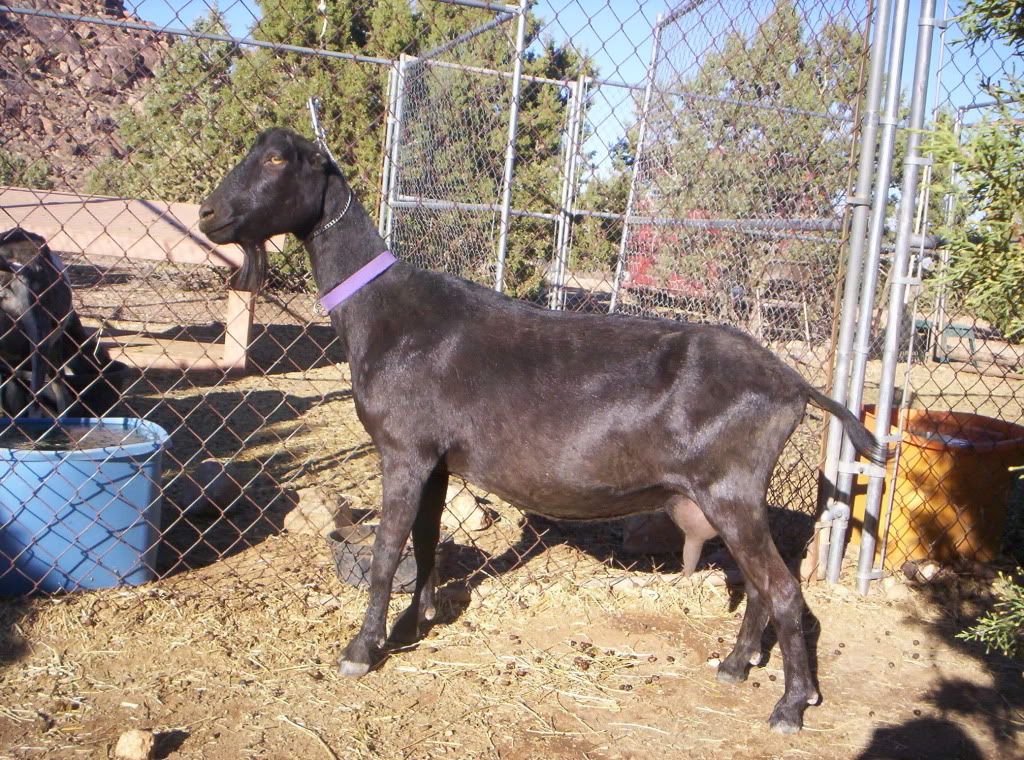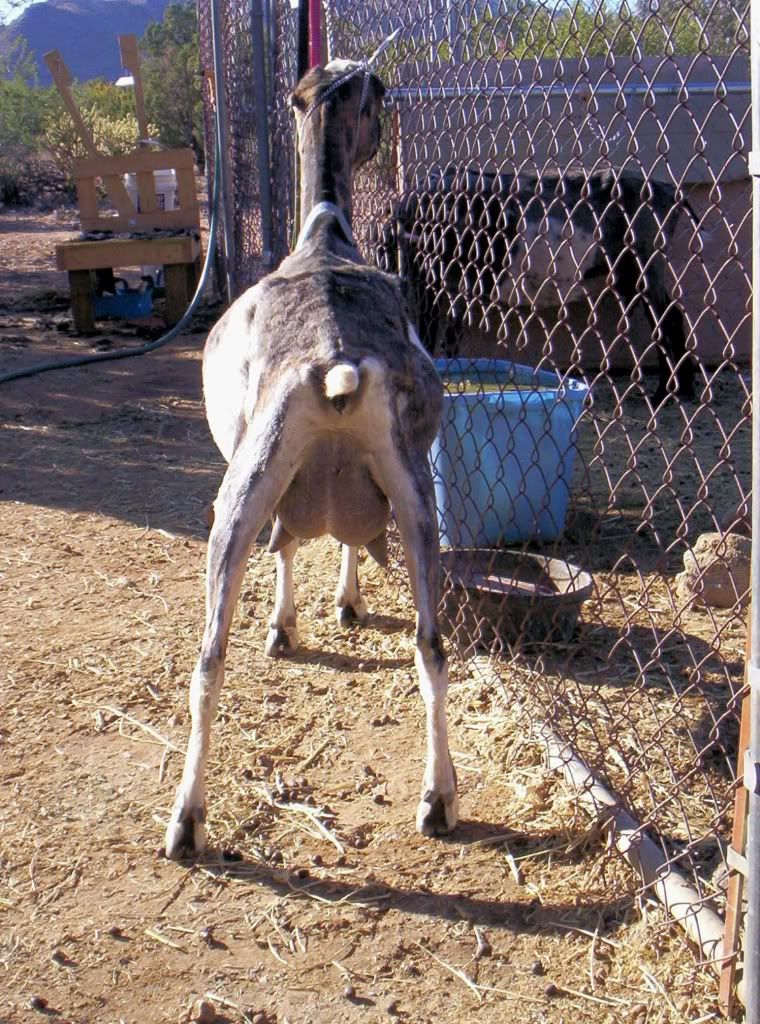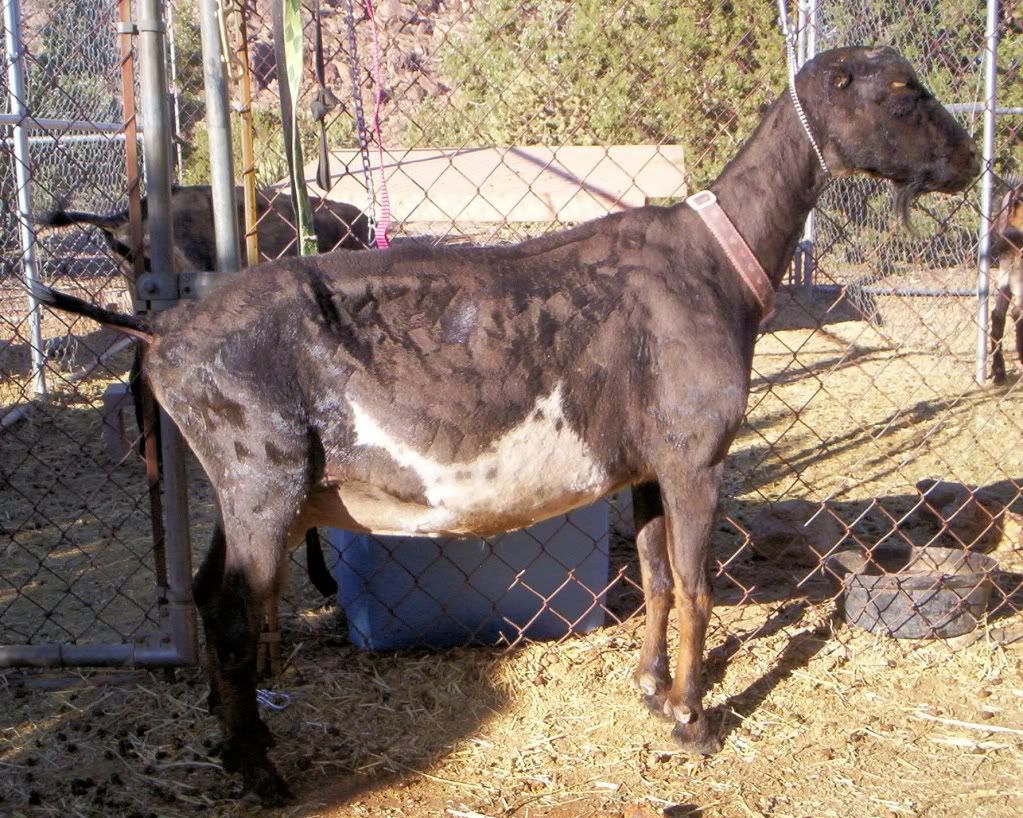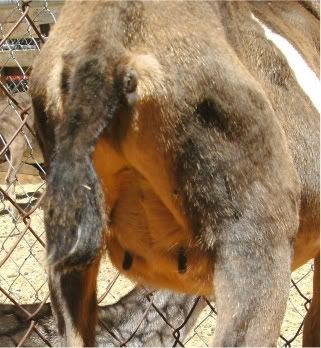BetterHensandGardens
Ridin' The Range
We've had our Dwarf Nigerian doelings for a month, and I'm wondering how to learn about what makes a good goat (I know amount of milk is ultimate measure), what am I looking for in terms of conformation? Are there standards somewhere that compare one goat to another for this feature vs. that, etc. Also, how do you learn which goats would make the best sires for future goats, given the goats you've got? Maybe I'm not searching on the right thing, but information seems to be a little scarce? 
Any help on this would be greatly appreciated!

Any help on this would be greatly appreciated!







